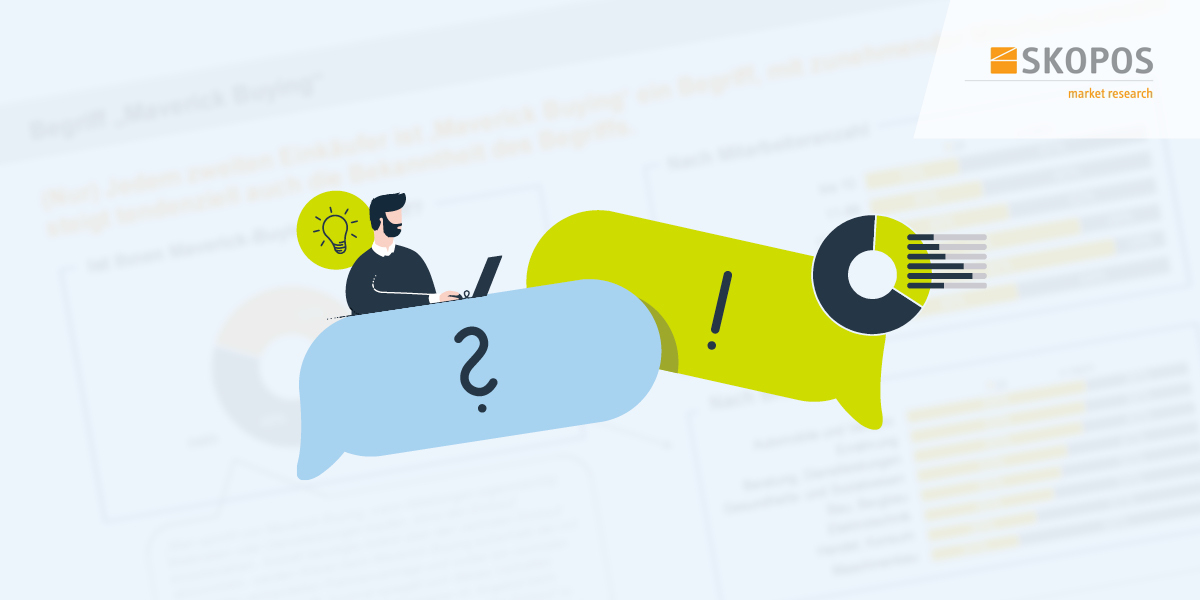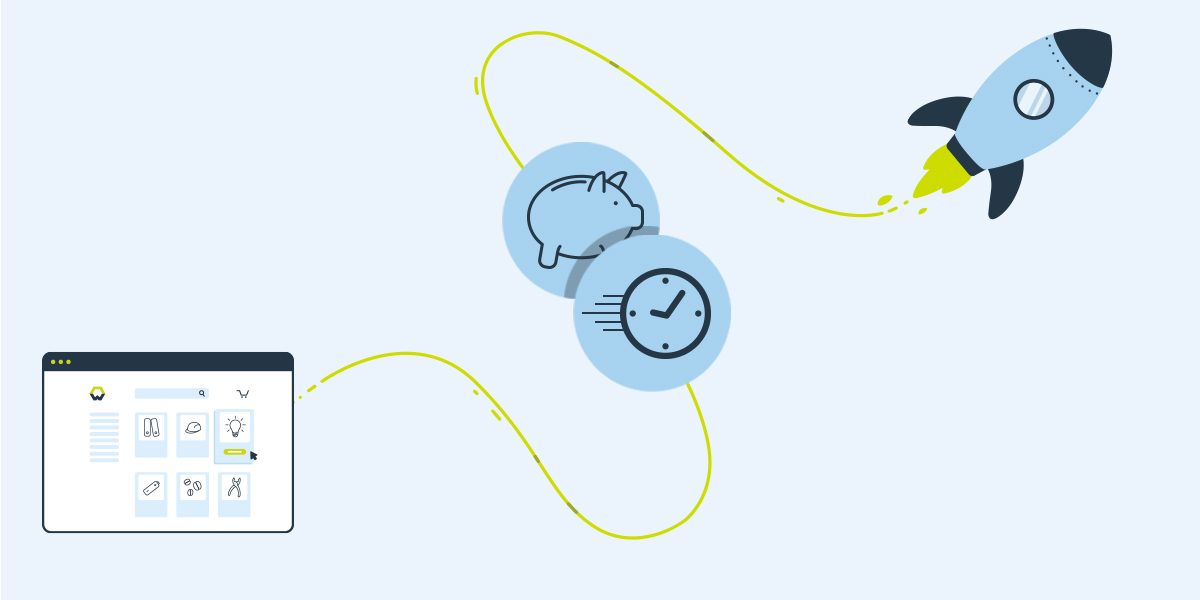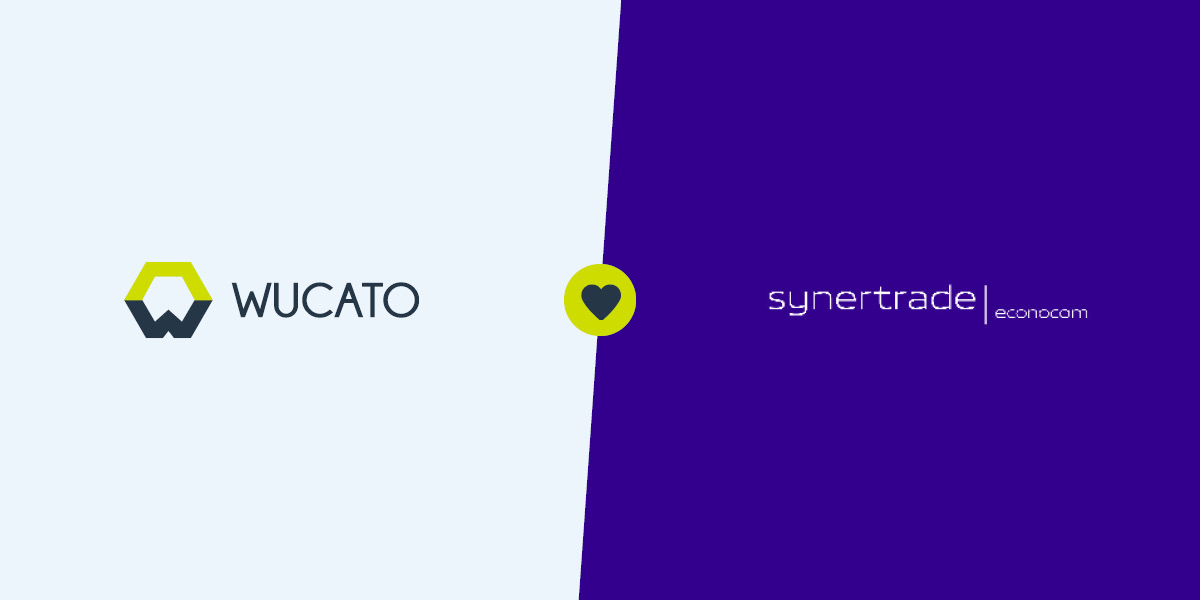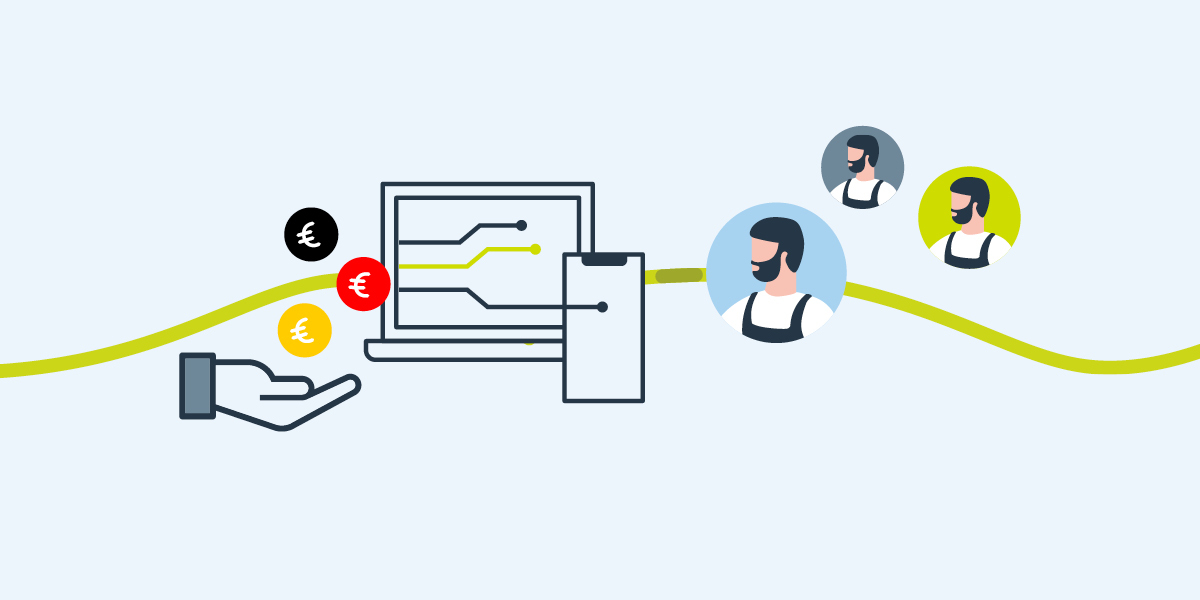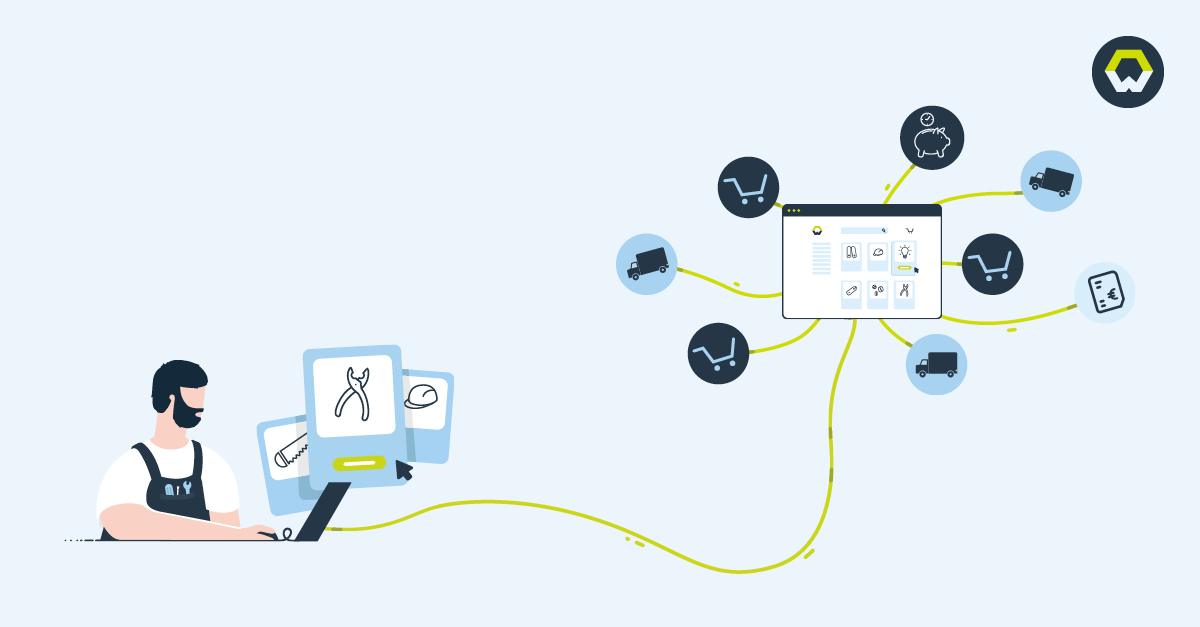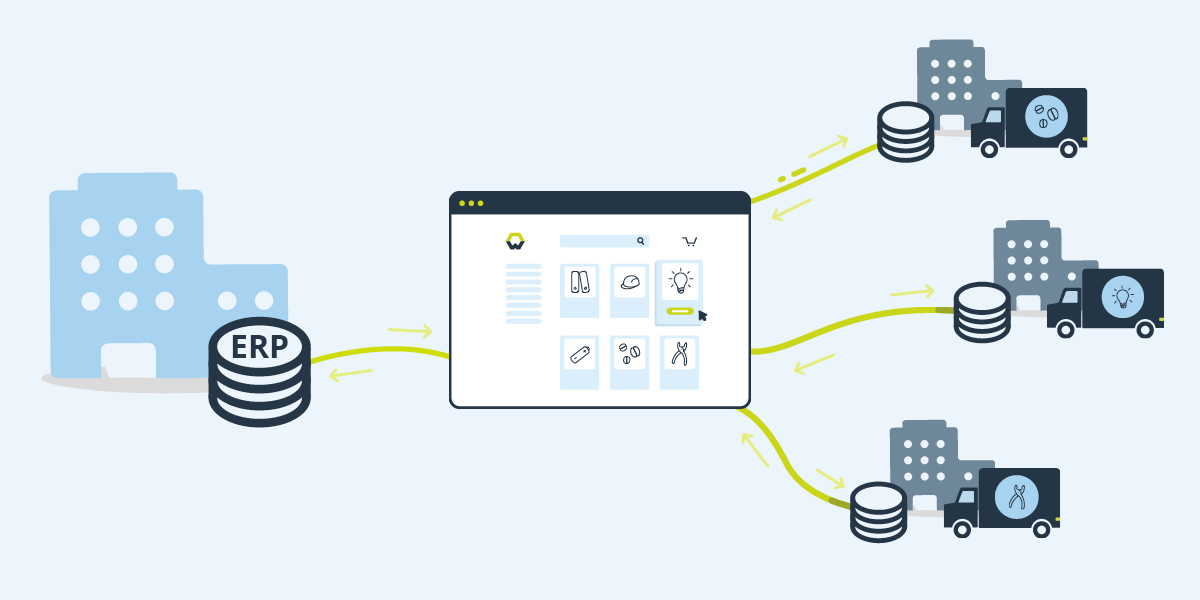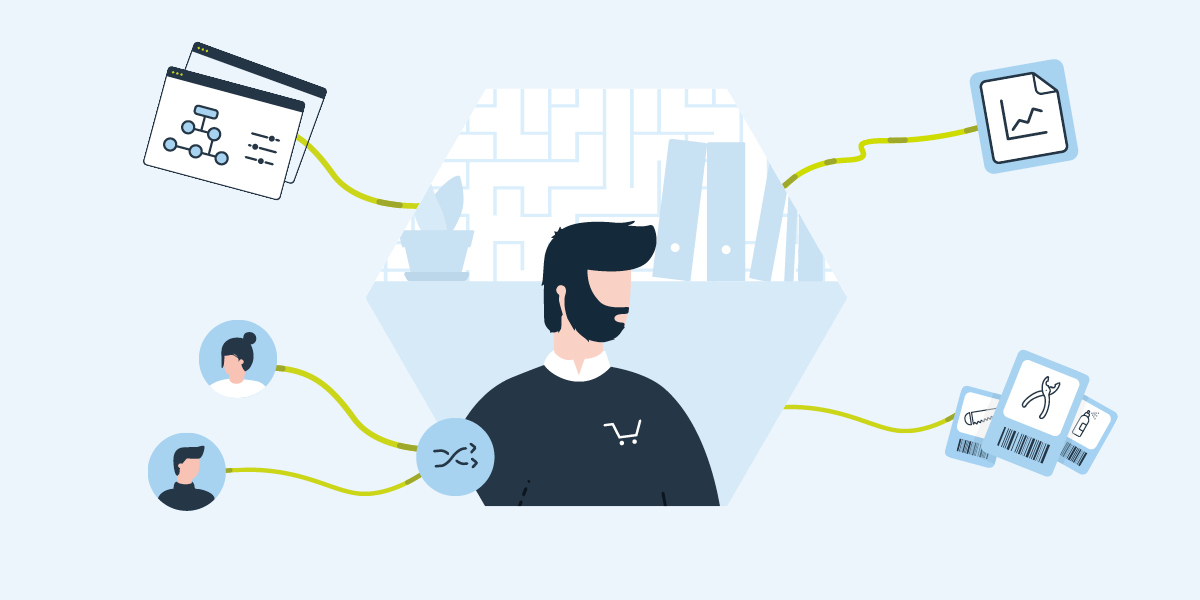Cutting costs in procurement: three tips for solid reporting
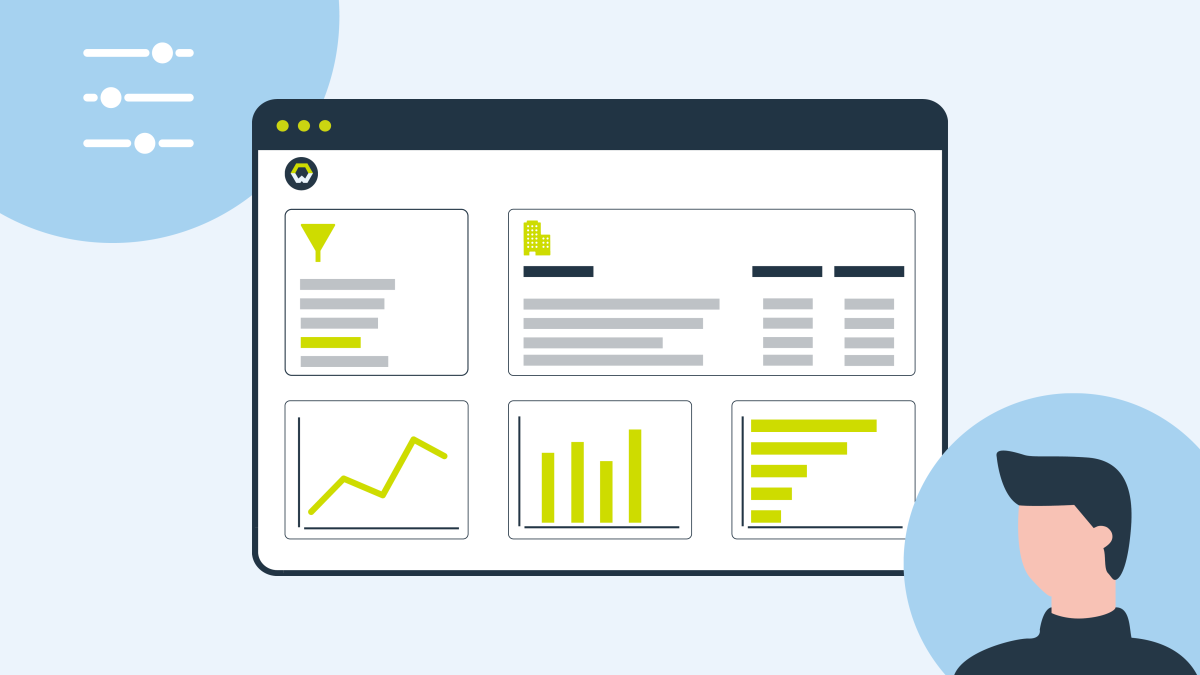
Taking stock on a regular basis and checking what is going well and where there is still "room for improvement" is of fundamental importance. In procurement, too, regular reporting – often for each quarter and for the entire fiscal year – forms the basis for efficient processes and low costs.
A transparent overview of suppliers, prices and expenses shows where costs can be reduced – detailed reporting serves as a basis for consolidating procurement channels or for annual meetings and price negotiations with top suppliers. It also provides objective data that can be used to make internal processes more efficient. For example, the most popular products can be identified and ordering intervals defined in order to meet requirements for operating materials that are often ordered spontaneously effectively and automatically in the future. But what does procurement have to bear in mind when preparing reports? Here are some of the most important tips.
Tip 1: Create a complete pool of data
High data quality is critical for reporting, because all information has to be available in the same place if you want to prepare a reliable overview. This can become a challenge for procurement, for example if the company has a high maverick buying rate: if a lot of purchases are settled via expenses or if orders are placed with various suppliers without the procurement department being involved, the latter loses sight of the actual expenses or requirements. This is why centrally organized procurement featuring defined procedures and approval processes is key. Digital procurement platforms like Wucato can also provide support: if all cost centers, cost units and addressees are combined, both at the level of the user and for each individual order, invoices can be assigned quickly and easily – creating the data required for solid reporting.
Tip 2: Identify the most important procurement objectives and key figures
Once the data is available, the next step is to address the strategic issues: what objectives is procurement pursuing? Which areas and aspects are to be optimized? What information is required to achieve this? This allows procurement to identify specific key figures that can be reflected in the reports and compared over the long term. Here, too, Wucato can provide support: specific key figures can be defined and evaluated over longer periods of time and across all processes on the B2B platform.
Tip 3: Keep at it
Although reporting is typically due on a quarterly basis or after the end of a fiscal year, procurement should maintain and keep track of the data and key figures on an ongoing basis. This allows procurement to remain flexible so that it can react quickly to new developments on the market or in the company and adapt the strategy – digital B2B procurement platforms like Wucato give buyers the right basis and support they need to optimize their procurement processes in the long run and reduce costs.
Find out how you can organize procurement efficiently within your company using Wucato here .

